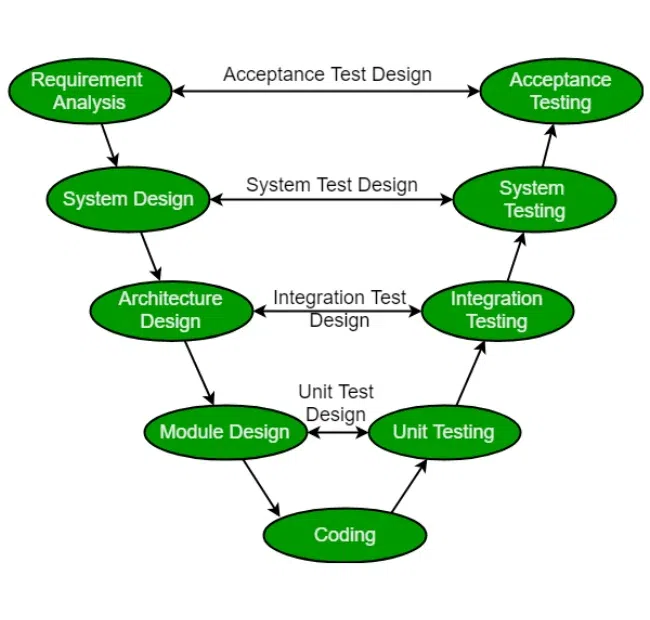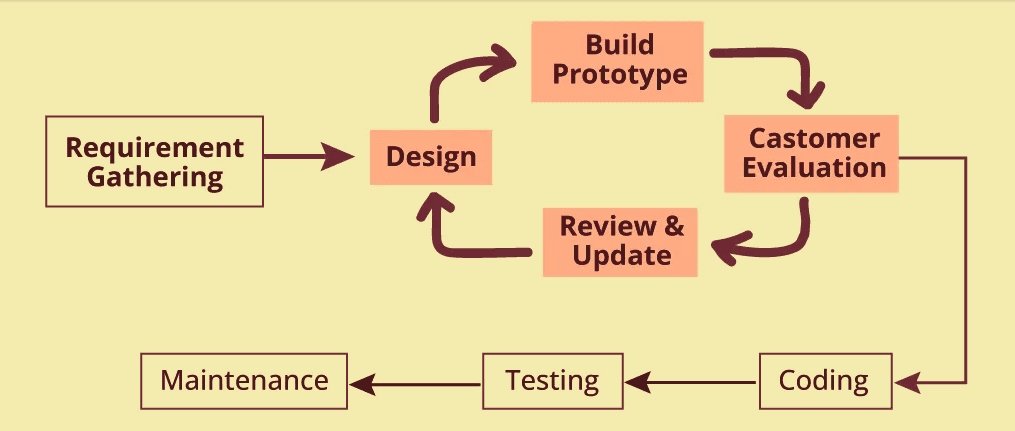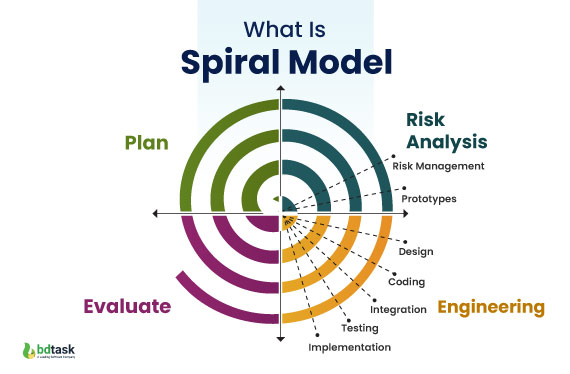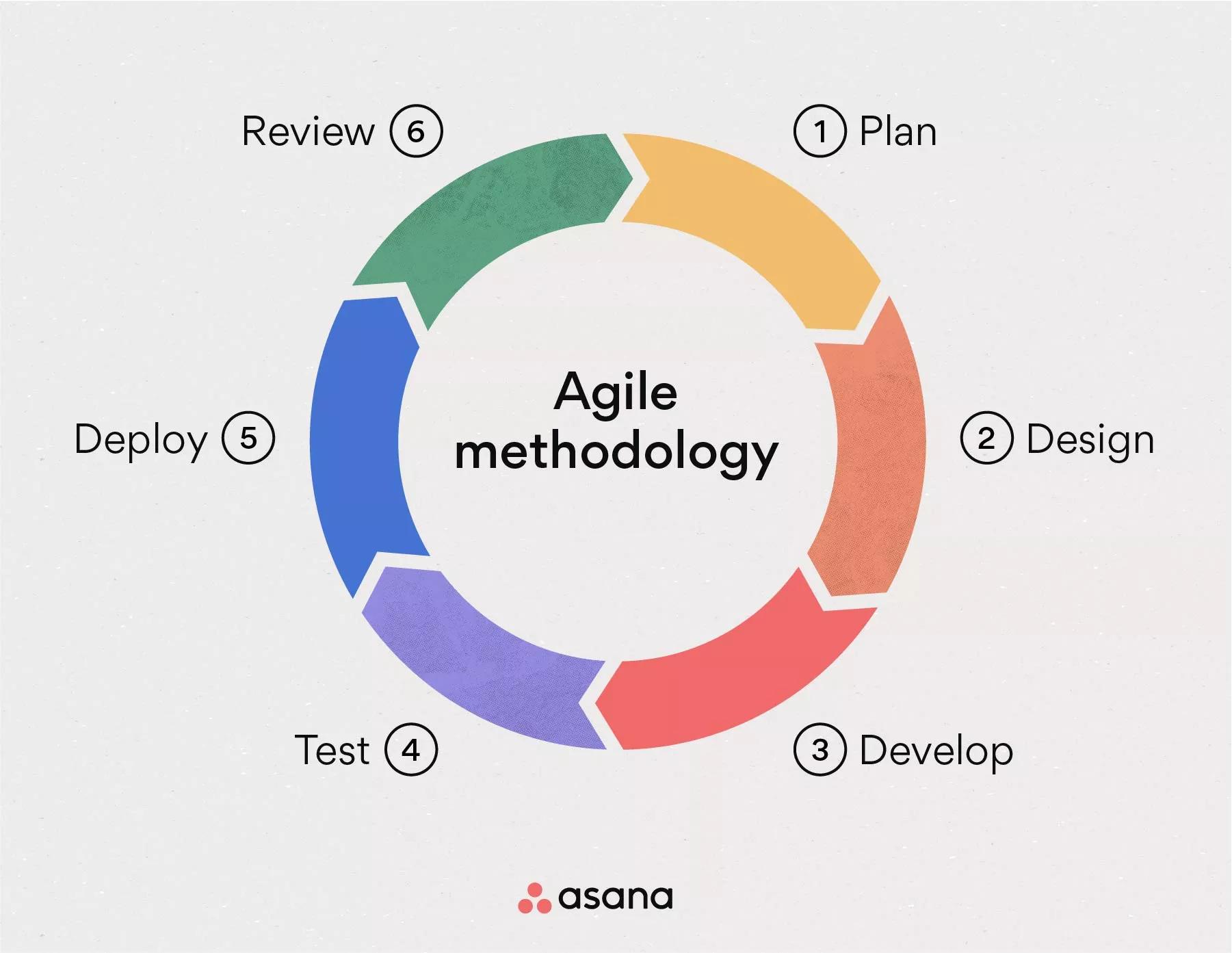Code Evolution: The Intricacies of Software Development Life Cycle and the Path to Success
In the dynamic realm of software development, the journey from concept to code is a fascinating evolution, governed by a structured process known as the Software Development Life Cycle (SDLC). "Code Evolution: The Intricacies of Software Development Life Cycle and the Path to Success" delves into the intricate phases that make up this developmental journey. From inception and planning to coding, testing, and deployment, each stage plays a crucial role in shaping the destiny of a software project. This article aims to unravel the complexities of SDLC, shedding light on best practices, challenges, and the strategies that pave the way for a successful outcome. Embark on this exploration of code evolution and discover the key elements that contribute to the triumph of software development endeavors.
1) What is the Waterfall Model?
The Waterfall Model breaks down the software development process into a series of sequential steps. These steps typically include Requirements Analysis, Design, Implementation, Testing, Deployment, and Maintenance. Each stage builds upon the previous one, creating a cascading flow from one phase to the next. This structured and linear approach is designed to maintain control over the project from start to finish.
Advantages of the Waterfall Model
The Waterfall Model comes with several advantages. Firstly, its linear structure makes it easy to track the progress of the project. As each stage is clearly defined, team members can assign tasks and understand the progression easily. Additionally, the careful consideration and planning required before moving to a specific stage allow for a more thoughtful approach.
Disadvantages of the Waterfall Model
While the Waterfall Model has been successful in many projects, it does have some disadvantages. Specifically, making changes to the initially defined requirements can be challenging. This is because the Waterfall Model requires the completion of one stage before moving on to the next, limiting the ability to make adjustments.
The Future and Applications of the Waterfall Model
Despite its success in many projects, the Waterfall Model still finds application in certain situations, particularly in large and complex projects. However, its lack of flexibility may pose challenges in adapting to sudden changes in market conditions and demands. In today's rapidly evolving landscape, especially with the increasing popularity of agile development methods, flexible and iterative approaches are often preferred over the Waterfall Model.
In Conclusion
The Waterfall Model is a classic approach that brings order and discipline to software development processes. However, considering the advantages and disadvantages of this model is crucial, as the right methodology should be chosen based on the specific needs and requirements of the project. This ensures effective guidance on the path to success.
2)V-Shaped Model: Ensuring Reliability in Software Development
In the dynamic landscape of software development methodologies, the V-Shaped Model emerges as a structured and systematic approach to ensure the reliability and robustness of the final product. This model, also known as the Verification and Validation model, extends beyond traditional linear methods, incorporating testing at every stage of development. In this article, we'll delve into the intricacies of the V-Shaped Model, exploring how its unique shape symbolizes the emphasis on validation and verification. Join us on a journey through this methodological V, where each side represents a dual commitment to building quality software through careful planning, execution, and thorough testing. 3)Prototyping Model: Bridging the Visualization Gap
3)Prototyping Model: Bridging the Visualization Gap
In the ever-evolving landscape of software development methodologies, the Prototyping Model emerges as a dynamic and interactive approach, adept at bridging the gap between concept and reality. This model, centered around the creation of tangible prototypes, enables stakeholders to visualize and interact with a preliminary version of the software early in the development process. Join us on a journey through the world of Prototyping, where rapid iterations and user feedback play a pivotal role in shaping the final product. In this article, we'll explore how the Prototyping Model facilitates effective communication, accelerates decision-making, and ultimately leads to the creation of software that not only meets but exceeds user expectations.
4)Spiral Model: Tackling High-Risk Projects
In the intricate realm of software development methodologies, the Spiral Model emerges as a strategic and flexible approach tailored to navigate the complexities of high-risk projects. Shaped like a spiral, this model embraces iteration, risk assessment, and adaptability, offering a dynamic framework to confront the uncertainties inherent in ambitious development endeavors. Join us on an exploration of the Spiral Model, where each revolution signifies a continuous cycle of refinement and enhancement. This article delves into how the Spiral Model empowers development teams to systematically address risks, make informed decisions, and ultimately deliver robust solutions in the face of uncertainty.
5)Agile Models
In the ever-evolving world of software development, where adaptability and responsiveness are paramount, Agile Models stand as a beacon of iterative excellence. Agile, as a methodology, represents a mindset and a set of values that prioritize collaboration, flexibility, and customer satisfaction. This article delves into the various Agile Models that have emerged, each bringing its unique flavor to the iterative development process. From Scrum and Kanban to Extreme Programming (XP) and Crystal, we'll explore how these Agile Models promote incremental progress, enhance team collaboration, and ensure the delivery of high-quality software in a constantly changing landscape.




























